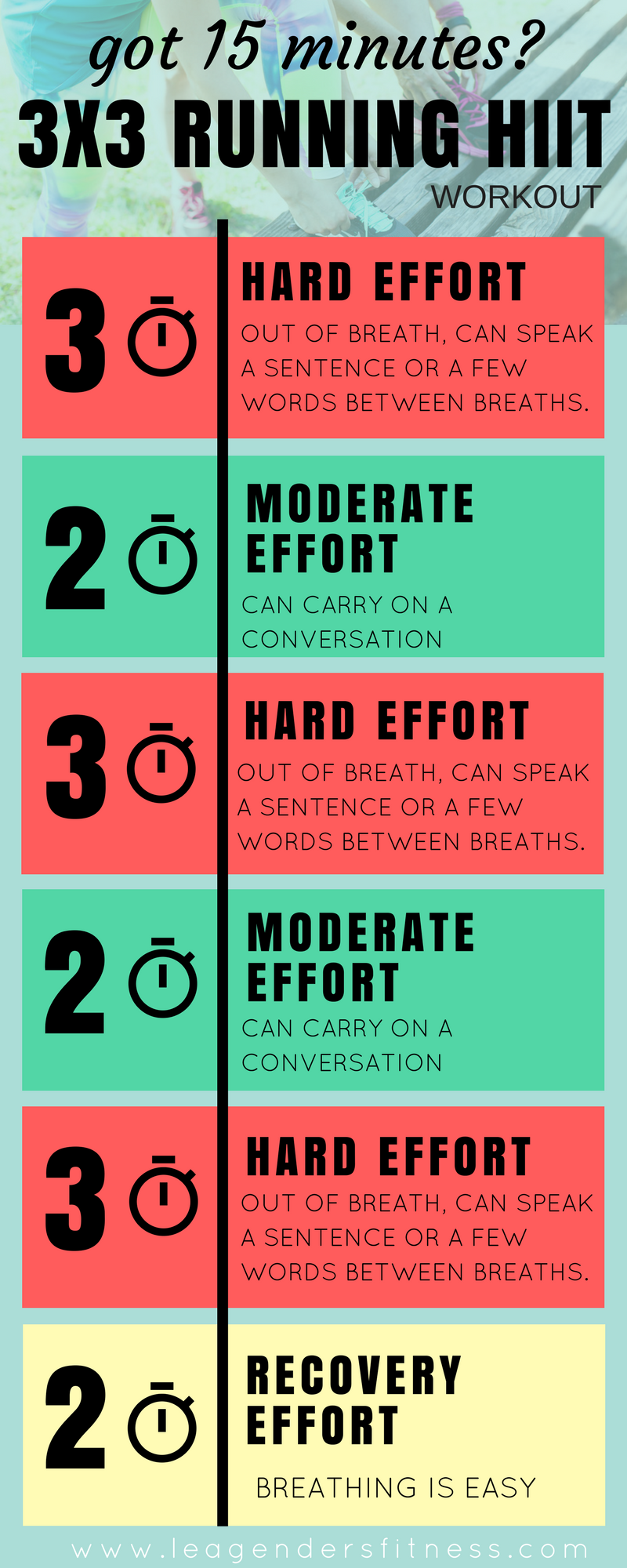Running Workout Tips: Improve Your Performance Today
Handling Usual Running Discomforts: Causes, Solutions, and Prevention
As runners, we commonly encounter various discomforts that can hinder our performance and pleasure of this exercise. From the devastating pain of shin splints to the irritating IT band disorder, these usual operating pains can be aggravating and demotivating. Understanding the reasons behind these conditions is important in successfully resolving them. By checking out the root reasons for these running pains, we can uncover targeted solutions and preventive steps to guarantee a smoother and more meeting running experience (learn more here).
Common Running Discomfort: Shin Splints
Shin splints, a common running pain, usually arise from overuse or inappropriate shoes during physical activity. This condition, medically referred to as median tibial stress and anxiety disorder, shows up as discomfort along the inner edge of the shinbone (tibia) and prevails among athletes and joggers. The repetitive tension on the shinbone and the tissues connecting the muscle mass to the bone results in inflammation and discomfort. Joggers who rapidly increase the strength or period of their workouts, or those that have level feet or incorrect running techniques, are specifically prone to shin splints.
To protect against shin splints, individuals should gradually enhance the intensity of their workouts, use proper shoes with proper arch support, and maintain flexibility and strength in the muscles surrounding the shin (running workout). Additionally, incorporating low-impact activities like swimming or cycling can assist preserve cardiovascular health and fitness while enabling the shins to recover.
Usual Running Pain: IT Band Syndrome
Along with shin splints, another prevalent running discomfort that professional athletes usually run into is IT Band Disorder, a problem caused by inflammation of the iliotibial band that leaves the external thigh and knee. IT Band Syndrome typically manifests as discomfort on the exterior of the knee, particularly during tasks like running or biking. The iliotibial band is a thick band of fascia that links the aware of the shin, and when it becomes swollen or limited, it can scrub against the upper leg bone, leading to pain and pain.
Runners experiencing IT Band Disorder might discover a stinging or hurting feeling on the outer knee, which can worsen with ongoing task. Elements such as overuse, muscle inequalities, incorrect running form, or poor warm-up can add to the advancement of this condition. To stop and alleviate IT Band Disorder, runners need to concentrate on stretching and enhancing exercises for the hips and upper legs, appropriate footwear, progressive training progression, and resolving any type of biomechanical issues that might be exacerbating the issue. Ignoring the signs of IT Band Syndrome can result in persistent problems and long term healing times, stressing the significance of very early intervention and appropriate administration strategies.
Common Running Pain: Plantar Fasciitis

Plantar Fasciitis can be connected to numerous variables such as overtraining, improper footwear, working on hard surfaces, or having high arches or flat feet. To avoid and ease Plantar Fasciitis, joggers can integrate stretching exercises for the calves and plantar fascia, wear encouraging footwear, keep a healthy weight to lower pressure on the feet, and gradually increase running intensity to stay clear of abrupt anxiety on the plantar fascia. If signs linger, it is recommended to seek advice from a medical care specialist for correct diagnosis and treatment choices to deal with useful link the problem effectively.
Common Running Pain: Runner's Knee
After resolving the challenges of Plantar Fasciitis, another common concern that joggers typically encounter is Runner's Knee, a common running pain that can prevent sports performance and create pain during exercise. Runner's Knee, also called patellofemoral pain disorder, shows up as discomfort around or behind the kneecap. This condition is often credited to overuse, muscle mass inequalities, improper running strategies, or troubles with the placement of the kneecap. Joggers experiencing this pain might really feel a plain, aching pain while running, rising or down staircases, or after long term periods of resting. To stop Runner's Knee, it is important to incorporate appropriate workout and cool-down routines, preserve solid and well balanced leg muscles, use suitable footwear, and gradually increase running intensity. If signs continue, inquiring from a medical care specialist or a sports medicine specialist is suggested to diagnose the underlying reason and establish a tailored therapy strategy to relieve the discomfort and protect against more issues.
Typical Running Pain: Achilles Tendonitis
Typically afflicting joggers, Achilles Tendonitis is an agonizing condition that impacts the Achilles tendon, triggering pain and possible restrictions in exercise. The Achilles ligament is a thick band of cells that connects the calf muscular tissues to the heel bone, vital for activities like running, jumping, and strolling - look at this site. Achilles Tendonitis usually creates due to overuse, incorrect shoes, insufficient extending, or sudden rises in exercise
Symptoms of Achilles Tendonitis consist of pain and tightness along the tendon, specifically in the early morning or after periods of lack of exercise, swelling that gets worse with activity, and perhaps bone spurs in chronic cases. To stop Achilles Tendonitis, it is important to extend correctly in the past and after running, wear suitable shoes with appropriate support, gradually increase the strength of exercise, and cross-train to lower recurring stress and anxiety on the ligament. Treatment might involve remainder, ice, compression, elevation (RICE procedure), physical treatment, orthotics, and in serious cases, surgical treatment. Early treatment and appropriate treatment are vital for handling Achilles Tendonitis properly and avoiding long-lasting complications.
Verdict
